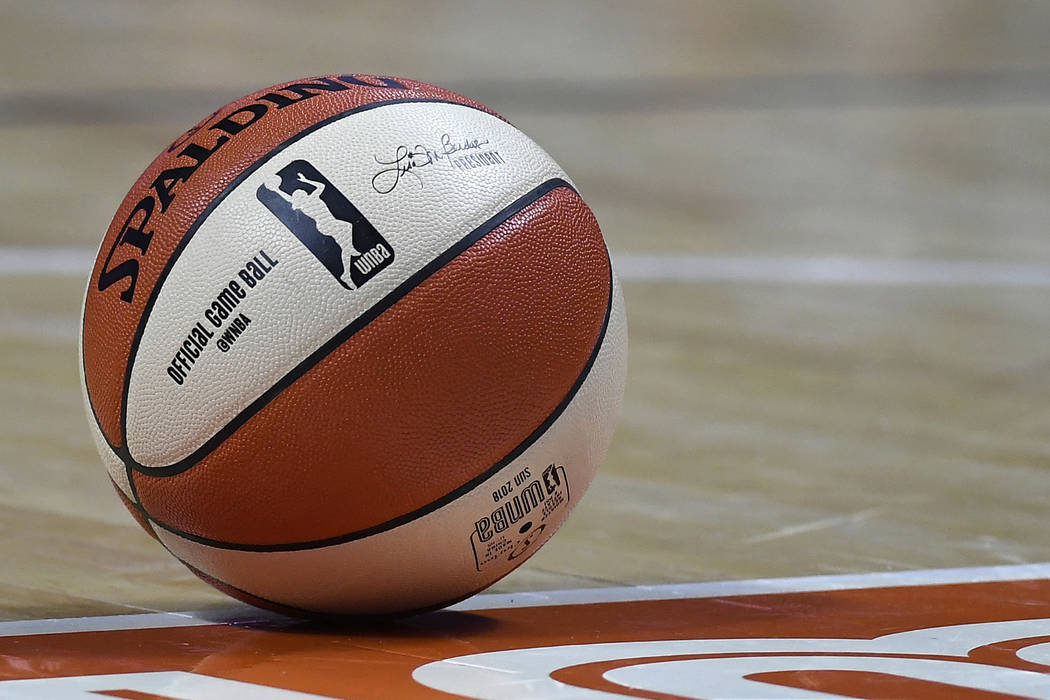It is bad enough when WNBA teams get relocated for relocation’s sake.
This has happened on various occasions for a host of different reasons. The Seattle Storm this past year split its home schedule between Alaska Airlines Arena (University of Washington) and Everett’s Angel of the Winds Arena because of renovations to the New Arena at Seattle Center as it prepares to welcome an NHL team to the venue.
The Indiana Fever’s Bankers Life Fieldhouse will also undergo renovations as will Talking Stick Resort Arena in Phoenix, the home of the Mercury, as did Target Center – the home court of the Minnesota Lynx and State Farm Arena, the home of the Atlanta Dream – recently completed. While those take place, the Fever will move to Butler’s Hinkle Fieldhouse.
Then there was the special case that was the controversial relocation of the New York Liberty to Westchester County Center. It is almost certain that they will leave Westchester for a new arena, but if that new arena is Barclays Center, Nassau Coliseum or another venue is still up in the air.
Relocations seemingly happen all the time with WNBA teams – it is virtually one of the downsides of playing in the W. But it is entirely a different set of circumstances when it is playoff games that WNBA teams have to move for.
Just last year in the WNBA Finals, the Mystics’ lone home game against the Seattle Storm was not contested at Capital One Arena in downtown Washington, D.C. but on the campus of George Mason University in Fairfax, Virginia. Nothing against George Mason, but everyone knows that playing playoff games at larger venues plays better on television.
Two years ago in the WNBA Finals, because of renovations to Target Center and St. Paul’s Xcel Energy Center (the temporary home of the Minnesota Lynx during the Target Center makeover), Williams Arena on the campus of the University of Minnesota was the home court for the Lynx for its Finals contests. And while there was a Lindsay Whalen storyline with her return to The Barn after playing her college ball for the Golden Gophers, it still did not play as well as it would have if it were Xcel Energy Center.
And this playoffs, it happened again for two teams. In the second-round game between the Chicago Sky and Las Vegas Aces (the game that will be forever be famous (or infamous for Windy City fans) for Dearica Hamby and The Heave), that game was not occurring at Mandalay Bay Events Center, but at UNLV’s Thomas and Mack Center.
And most recently, in the semifinals, Game 3 between the Connecticut Sun and Los Angeles Sparks was not at Staples Center, but at Long Beach State University.
And while it is great that these alternative venues are available in case of unusual circumstances or scheduling conflicts, more must be done to ensure that the primary venues are available for the playoffs. Likely, the WNBPA will bring this up to the league as the two sides continue CBA talks.
As mentioned earlier, it plays much better for viewers watching on television or streaming on a device for a playoff game to take place at a primary, larger arena so it has that professional postseason feel. The Lynx’s Finals series with the Sparks in 2017 may have been the exception given everything that went into that series and the Minnesota-Los Angeles rivalry but on most occasions, when a playoff game is contested at a college venue, it can sometimes feel less like a postseason contest and more like a preseason game.
Also, it is an inconvenience for everyone attending from players to coaches to media to – the most important – fans. Some Sparks fans may not have been able to attend because they are used to attending games at Staples only to find out that the playoff game with Connecticut was at Long Beach State instead of the more accessible Staples Center.
It would take the most extreme of circumstances for an NBA team to have its games moved out of its home arena, so it is beyond overdue that the WNBA be afforded the same respect. We eventually want to get to a place where the only time we hear about “relocation” as it relates to the W is if/when it intends on adding new teams in new cities.




